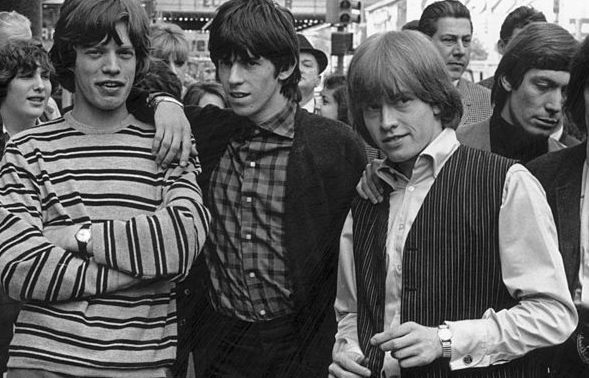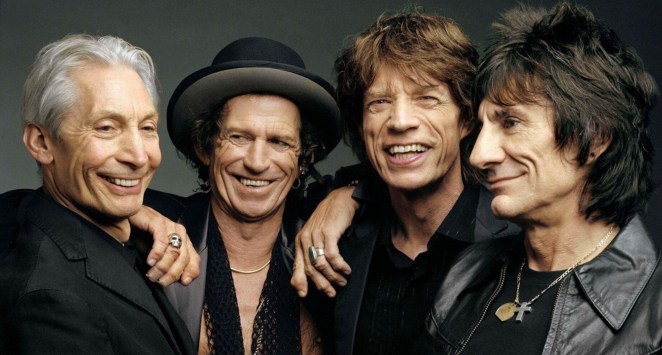The world doesn’t look the same way it did in the 1960s.
Videos by American Songwriter
For better or worse, technology has connected people all over the world, currency has gone digital, and the word “cheugy” exists. The music industry has changed, too, and artists have fought to keep up with the turning of the tides. One such musician who has not only endured as a household name but continued to change the musical game is Mick Jagger.
Below we’re going to take a look at the Rolling Stones’ frontman’s career from when he was a young performer to now, as an older and experienced lead singer.

A Young Mick Jagger
Mick Jagger was born Michael Philip Jagger in South East England on July 26, 1943. His father was a former gymnast turned physical education teacher, and his mother was a hairdresser. Initially, Jagger was set to follow in his father’s career footsteps, but singing and music quickly consumed Jagger’s life.
Jagger first met future bandmate, Keith Richards, while in school at Wentworth Primary School and reconnected several years later. Together, Jagger and Richards would put together one of the most influential rock bands: The Rolling Stones.

Rolling Into A New Era
In 1965, the Stones got rollin’ when the Jagger and Richards wrote their ever-popular hit “(I Can’t Get No) Satisfaction.” The song cemented the band’s image and sound as troublemaking rabble-rousers with no fear for the salacious. For his part, a Jagger embodied this image. In short, he became a cultural idol and a sex icon. His dress and performing style were somewhat androgynous and explicitly suggestive which set social norms ablaze. This young Mick Jagger steered rock ‘n’ roll away from the early ideas of beloved rockers and into defiant stars.
English musicologist Sheila Whiteley stated that Jagger’s style “opened up definitions of gendered masculinity and so laid the foundations for self-invention and sexual plasticity, which are now an integral part of contemporary youth culture.”
Despite this enormous cultural impact, a young Jagger remained humble about his stardom. “I wasn’t trying to be rebellious in those days,” he said in a 1992 interview. “I was just being me. I wasn’t trying to push the edge of anything. I’m being me and ordinary, the guy from suburbia who sings in this band.”

A Rockstar in His Older Years
After dozens of studio albums, countless tours, and generations of fans, Mick Jagger is still performing. And he’s just about to turn 79 years old on July 26.
Refusing to acknowledge the traditional limitations of “old” age, Jagger continues to endear rock ‘n’ roll music to billions of listeners around the world. In fact, he just fended off a bout of COVID-19 to get back to touring with his band. He was also knighted for his services to popular music and inducted into the Rock and Roll Hall of Fame. Consequently, rock ‘n’ roll has become somewhat synonymous with Mick Jagger.
So, whether young or old, Mick Jagger is the rock star that this world needed.

